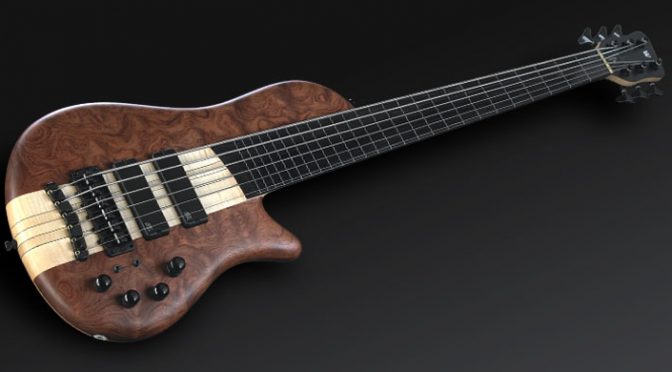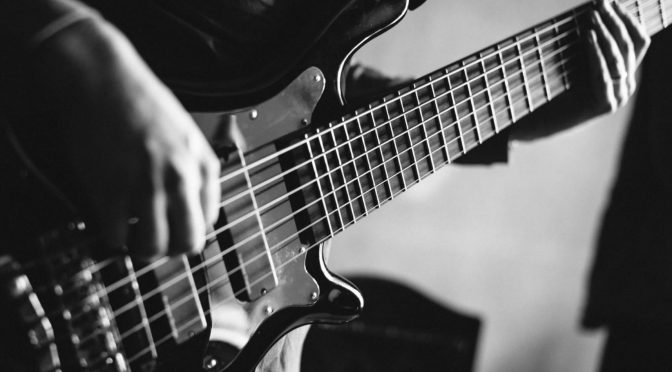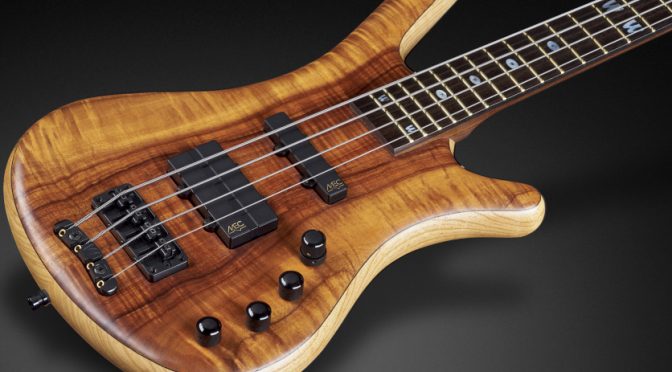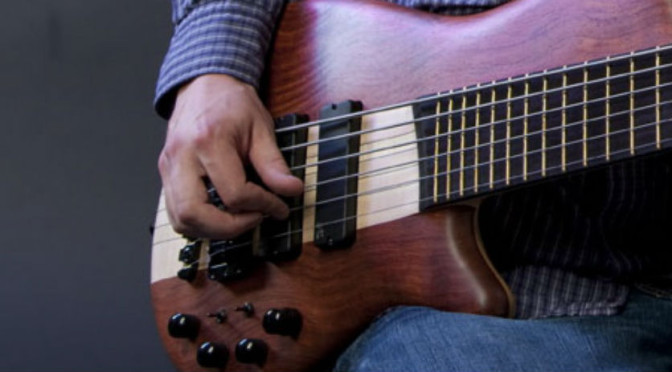Practising John Patitucci’s Searching, Finding – Bass Practice Diary – 18th June 2019
Searching, Finding was written by John Patitucci and it featured on his self titled debut album. This week I was reading through a book of John Patitucci transcriptions. It’s an unusual bass book, from the point of view that most of it is written in the treble clef rather than the bass clef. But if you can cope with the treble clef reading, then there are great tunes in it, like this one.
I should point out that the only part of the transcription that I’m playing in the video is the melody. The solos are all improvised by me and I’ve written out one of the choruses of my solo in bass TAB.
How I practice tunes on bass
One of the reasons why I’m posting this video is because it gives an insight into the way that I practice learning tunes. When I say “learning tunes” I don’t just mean learning the melody, I mean melody, bass line, chord progression, structure etc. Everything that’s involved in learning a composition.
The first thing I’ll do is make myself a simple backing track, usually involving drums and chords. I’ll programme the drums in ProTools and add chords on either piano, guitar or six string bass. In this case I played the chords on piano.
When I have my simple backing track I’ll loop it and practice playing the melody, bass line and improvised solos on it. And that’s what you can see me doing in the video. I’m using my fretless six string bass to play a walking bass line and improvise on the modal section. While my fretted six string bass is used to play the bass figure in the modal section and the melody and solos during the choruses.
My solo chorus on Searching, Finding
When I study an artist’s transcription, like John Patitucci’s solo on Searching Finding. I don’t do it so that I can perform his solo or rip off his licks. I do it so that I can study the notes and the phrasing that he uses over the harmony. So that I can then use the information to assist my own improvisation. Before I start improvising I will often write out some lines that fit over some of the trickier harmonic sections. In the first solo chorus in the video, starting at 0:59, you can see me putting some of my ideas into practice. Here is the transcription of that chorus.

Once I’ve analysed an artists solo and tried to assimilate what I can into my own ideas. I will then try to improvise in the purest sense of the word. Meaning that I will try not to think about any pre planned ideas and just improvise off the cuff. This is what you can see me doing in the second chorus of solo starting at 2:24 in the video.
Hopefully at this point I’ve started to internalise the melody, harmony and structure of the composition. And this information will come out in my improvisation without me having to consciously work it out in advance. The solo I played in the video partly demonstrates this, although it isn’t perfect yet.








